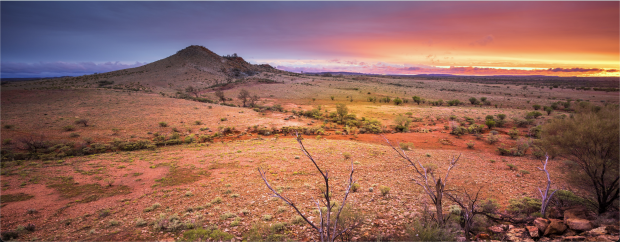https://storymaps.arcgis.com/stories/2b658ebc77444977a04bd0f97e61823b
I particularly like digital storytelling as means for knowledge transfer as they are multi-modal, meaning multiple media types, directed towards telling a complete, robust narrative. The inclusion of maps, graphs, and data gives integrity to the text narrative, but also means the information accessible to all learners and consumers. The framework also allows for various cultures’ stories to be told in a meaningful way while respecting their societal and cultural norms; for example oral histories of many Indigenous groups. This, according to Cloonan addresses two aspects affected by the changing social norms of communication; “the variability of meaning making in different cultural, social or professional contexts and the nature and impact of new communications technologies” (pp 159).
In this story, the consumer is taken through various perspectives of Indigenous groups’ efforts to maintain, sustain and build a stronger, more ecologically stable future, for example the story of Maymand in Iran. It also highlights the ICCA’s (Indigenous Peoples’ & Community Conserved Territories & Areas) work in bringing awareness and positive contributions to Indigenous issues around the globe, and ensuring the sovereignty of groups is respected and upheld.

Hi Kyle,
Thank you so much for tracking this digital story telling resource.
I have included it in my final project and have already started to use it for my students on the ground here in Canada. I also think it would be an excellent resource to prepare international peoples to come to Canada. I particularly liked it for the extensive authentic listening practice that it provides.
It is fantastic!